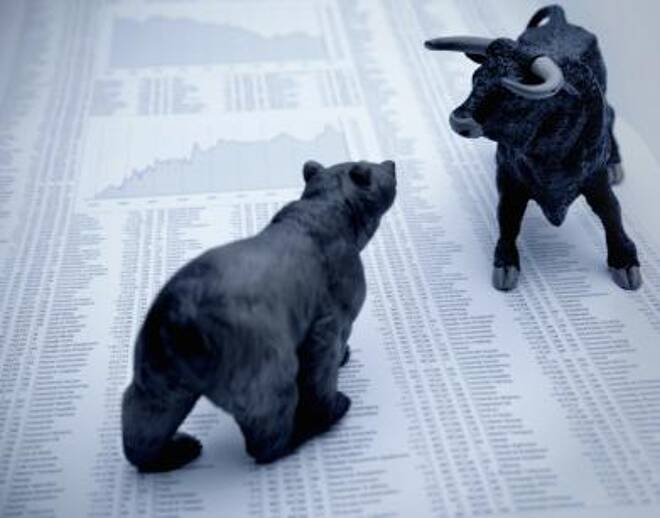Advertisement
Advertisement
Trading Metals and Currency Pairs
Updated: Mar 5, 2019, 14:40 GMT+00:00
Many forex brokers in the market offer much more than just the traditional currency pairs on their trading platforms. Metals are part of the mix and by
Many forex brokers in the market offer much more than just the traditional currency pairs on their trading platforms. Metals are part of the mix and by metals we mean assets such as gold, silver, palladium, copper and platinum. Gold and silver are commonly traded as pairs with the euro, British pound, Japanese yen, US dollar and several other currencies.
When trading metals or currency pairs, it may be important to consider a number of factors that will likely impact your trading. Metals and currencies are not the same and their contract specifications are very different. So if you want to trade metals, currencies or both on your platform, there are certain metrics that you may consider. These are as follows:
Contract Specifications
Contract specifications describe the unique characteristics of each asset. Contract specifications will therefore include metrics such as size of pip movement, value of one pip movement, number of units of the asset in one pip, minimum contract size, etc. A trader will need to know for instance, how much it will cost to initiate a standard contract on gold and what it will take to initiate a similar trade size on a currency pair.
Margin Requirements
You also need to be aware of the margin requirements for operating your account if you want to trade metals. Margin requirements differ from one country to another. In the US for instance, the maximum leverage allowed by the Commodities and Futures Trading Commission (the market regulator) for currency trading is 1:50, and for options trading it is 1:20. European brokers do not place such restrictions, but certain assets such as metals are assigned much higher margin requirements than currencies. This will have a direct bearing on your trade size, risk allocation and the size of your account capital.
The Character of the Asset
Every asset has its own inherent characteristics. Take the daily range of movement for metals and currencies. The most liquid currency pair which is the EURUSD may see more pip moves in a day than a spot metal such as gold which has a much tighter intraday movement. For instance, on June 23, 2015, gold had an intraday movement of about $16.60, equivalent to 1,660 pips while EURUSD only moved by 49 pips for the whole day! This feature alone may affect the trader’s trade setup for each asset. While a stop loss of 50 pips may be sufficient for an intraday trade on the EURUSD, a trader serious about profiting from gold will need at least 500 pips as stop loss to allow a gold trade to breathe. This has further bearing on the trader’s account size as discussed below.
Account size
From what has been described above, it is very clear that any trader who will be trading a spot metal such as gold will need far more money to trade with than if currencies were to be the only assets traded on the platform. Even though many retail platforms offer reduced contract sizes on metals, the volatility on these assets means that traders need to have a solid cash cushion beyond what would have been needed for currencies.
Trading metals and currencies may be fun, but you need to know what trading each asset class entails before you get in.
Risk warning: Forward Rate Agreements, Options and CFDs (OTC Trading) are leveraged products that carry a substantial risk of loss up to your invested capital and may not be suitable for everyone. Please ensure that you understand fully the risks involved and do not invest money you cannot afford to lose. Our group of companies through its subsidiaries is licensed by the Cyprus Securities & Exchange Commission (Easy Forex Trading Ltd- CySEC, License Number 079/07), which has been passported in the European Union through the MiFID Directive and in Australia by ASIC (Easy Markets Pty Ltd -AFS license No. 246566).
This article is a guest blog written by easy-forex
About the Author
Did you find this article useful?
Latest news and analysis
Advertisement
